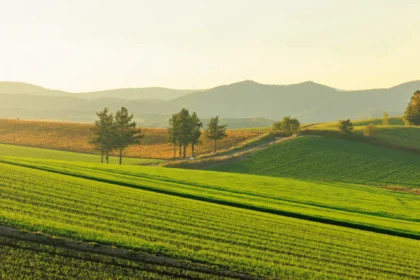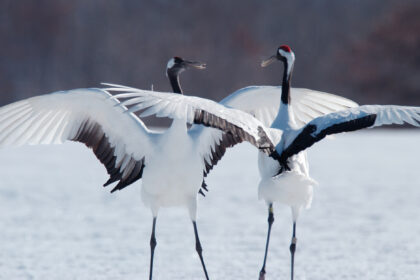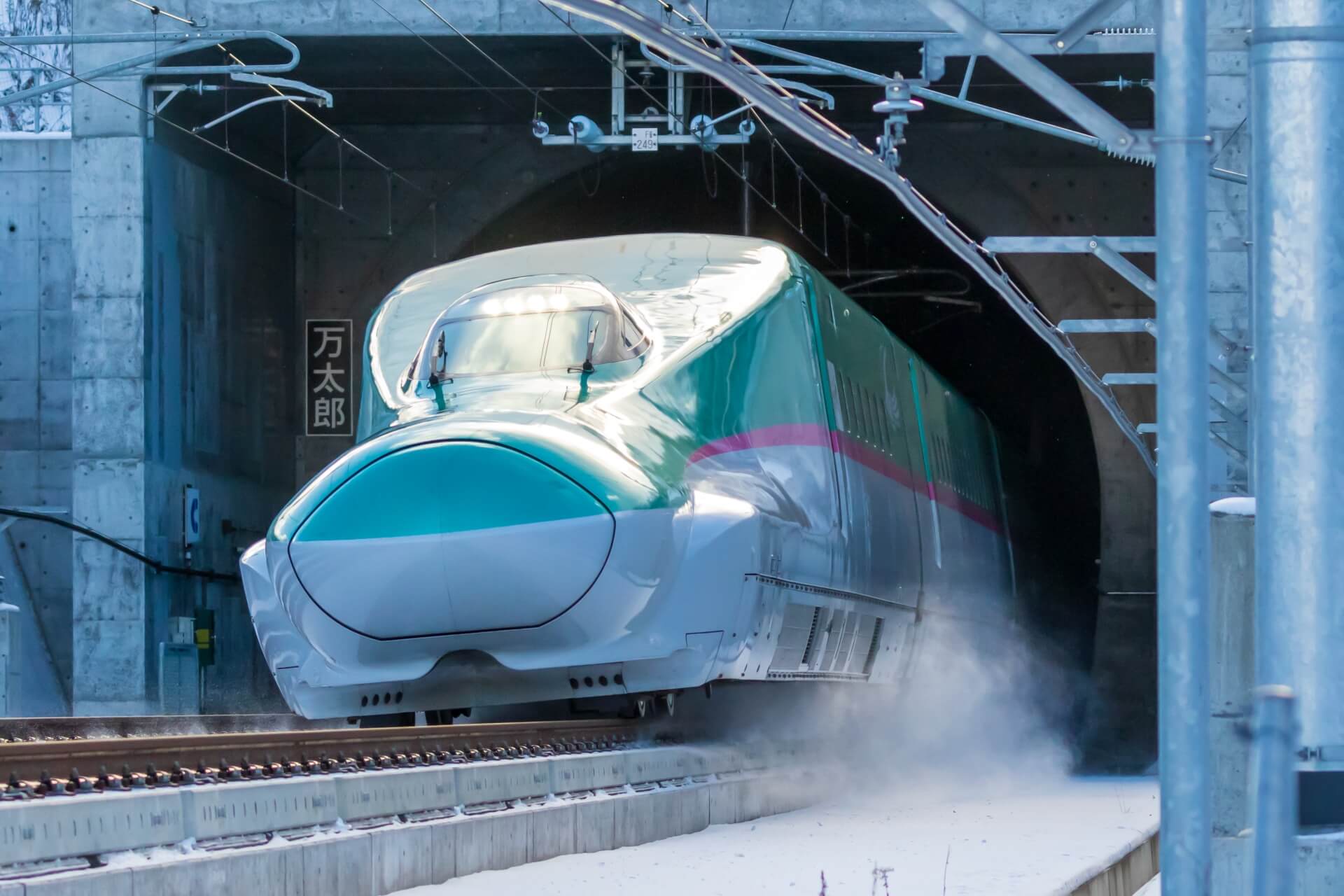
Hokkaido is the second largest of Japan’s main islands. Lying to the north of the largest island, Honshu, Hokkaido remains readily accessible thanks to rail services on the Hokkaido Shinkansen line and flights servicing is multiple airports. On this page you will find the following information:
-- Getting to Hokkaido by Train
-- Getting to Hokkaido by Flight
-- Getting Around: Rent a Car & Drive Yourself
-- 30 Things to Do Around Hokkaido & Where to Stay
-- Hokkaido Ski Resorts: The Stats & Facts
Separated from Japan’s main island of Honshu by the Tsugaru Strait, Hokkaido is in every sense a destination unto itself. Hokkaido offers visitors plenty of reasons to visit starting with its long, cold winter in which its ski resorts enjoy some of the world’s deepest and best powder while the warmer seasons of spring, summer and autumn entice travellers back to explore its national parks, flower farms and idyllic rural landscapes. Of course, Hokkaido’s outstanding seafood and other food can be enjoyed all year round.
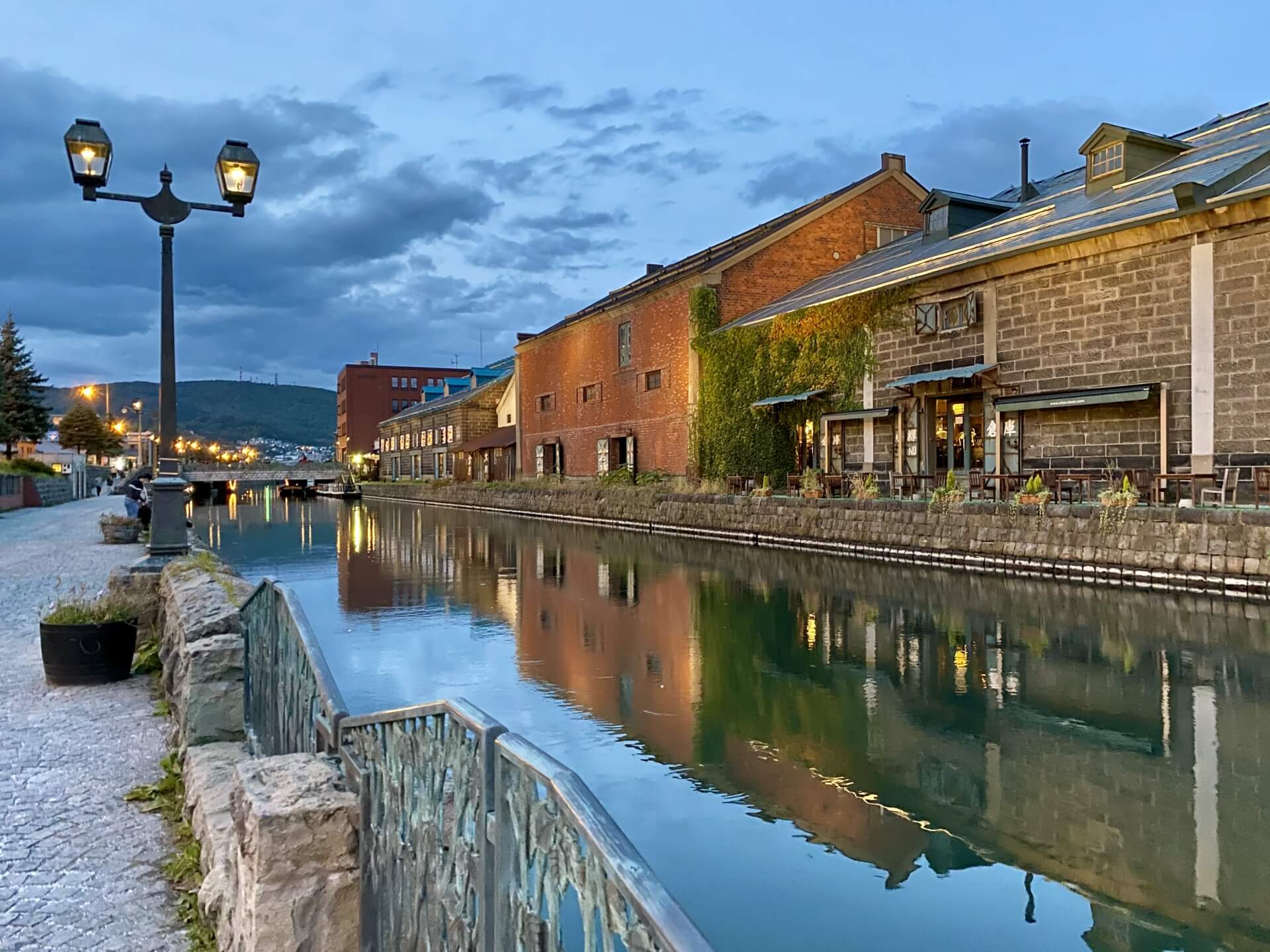
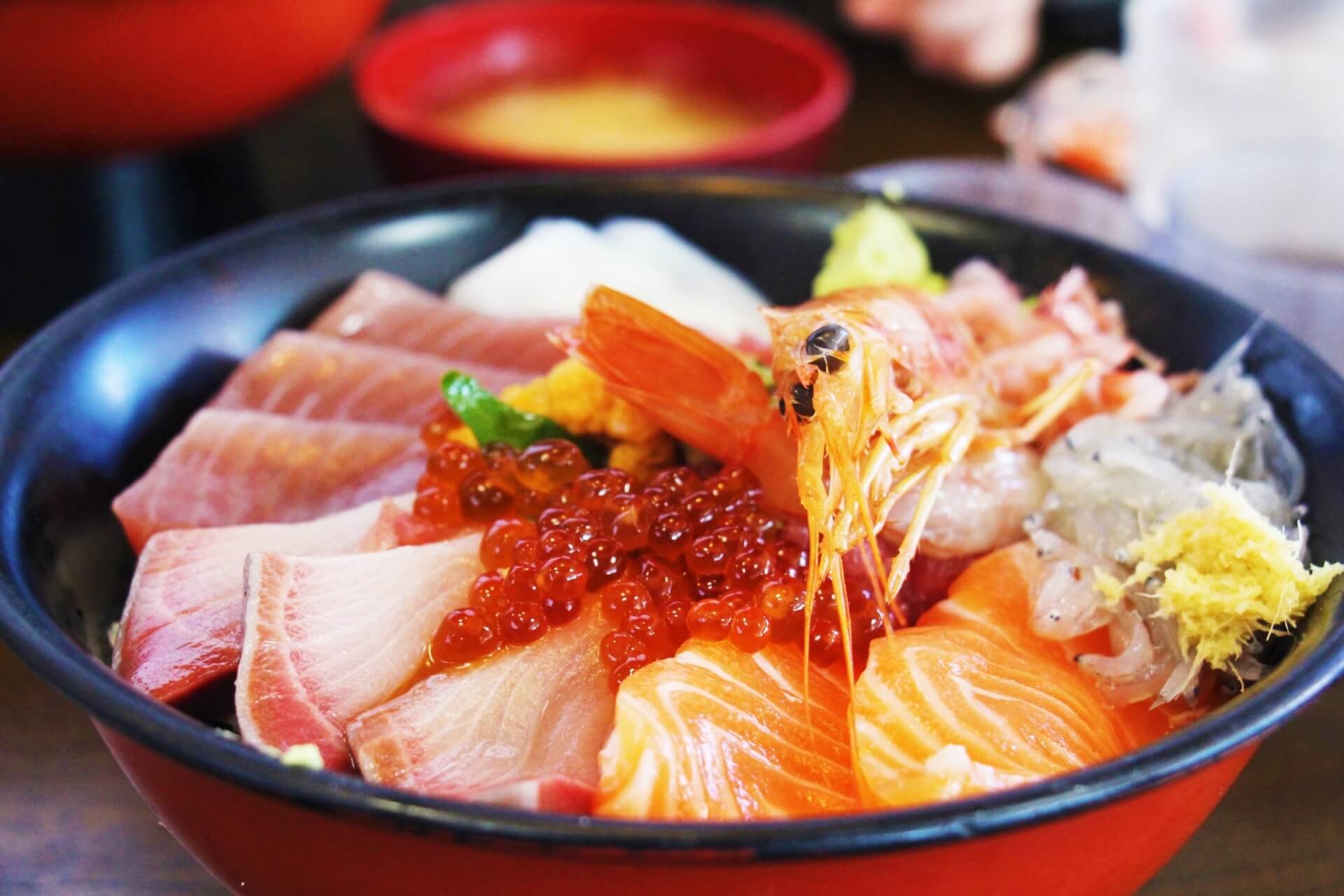
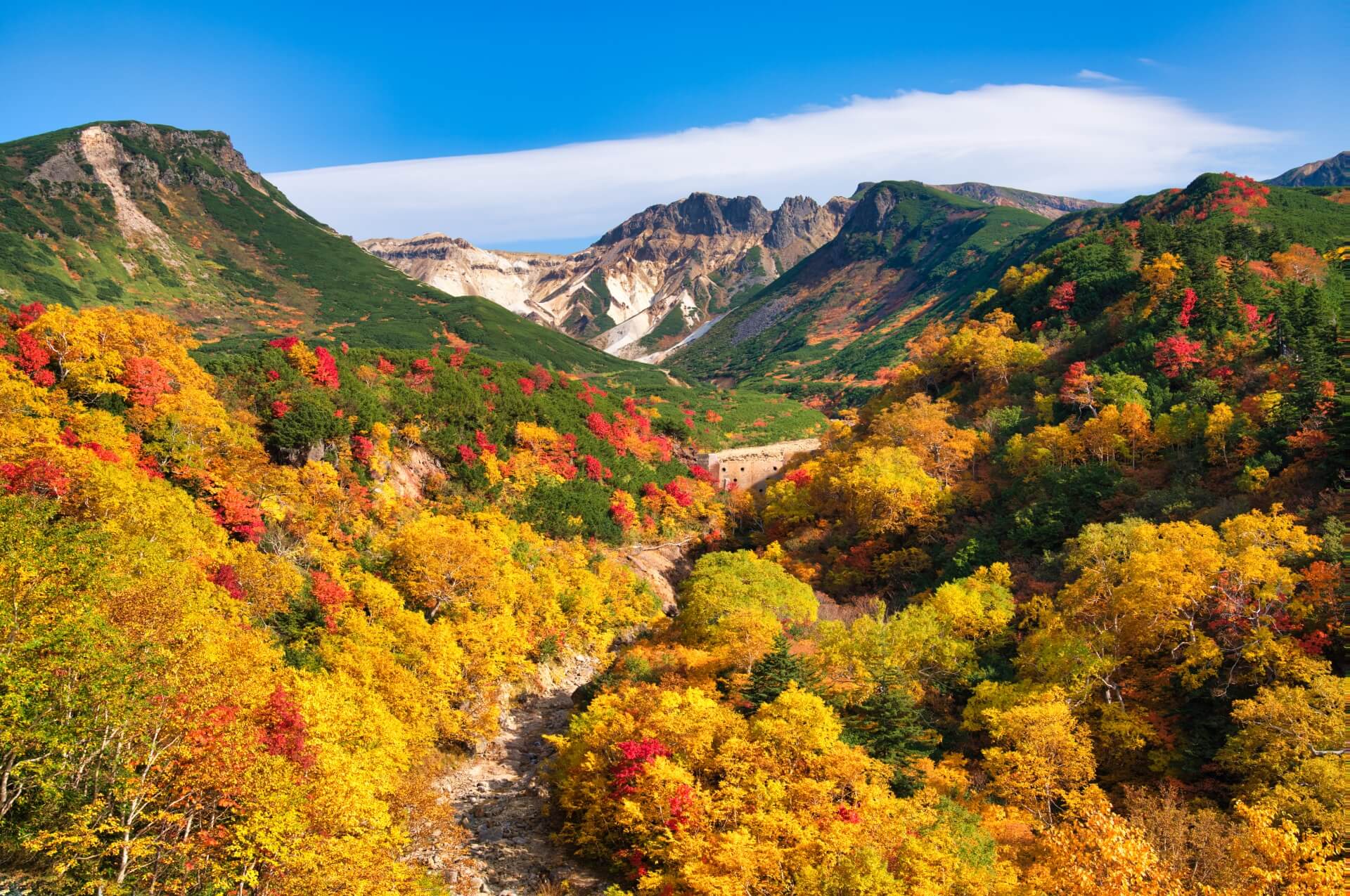
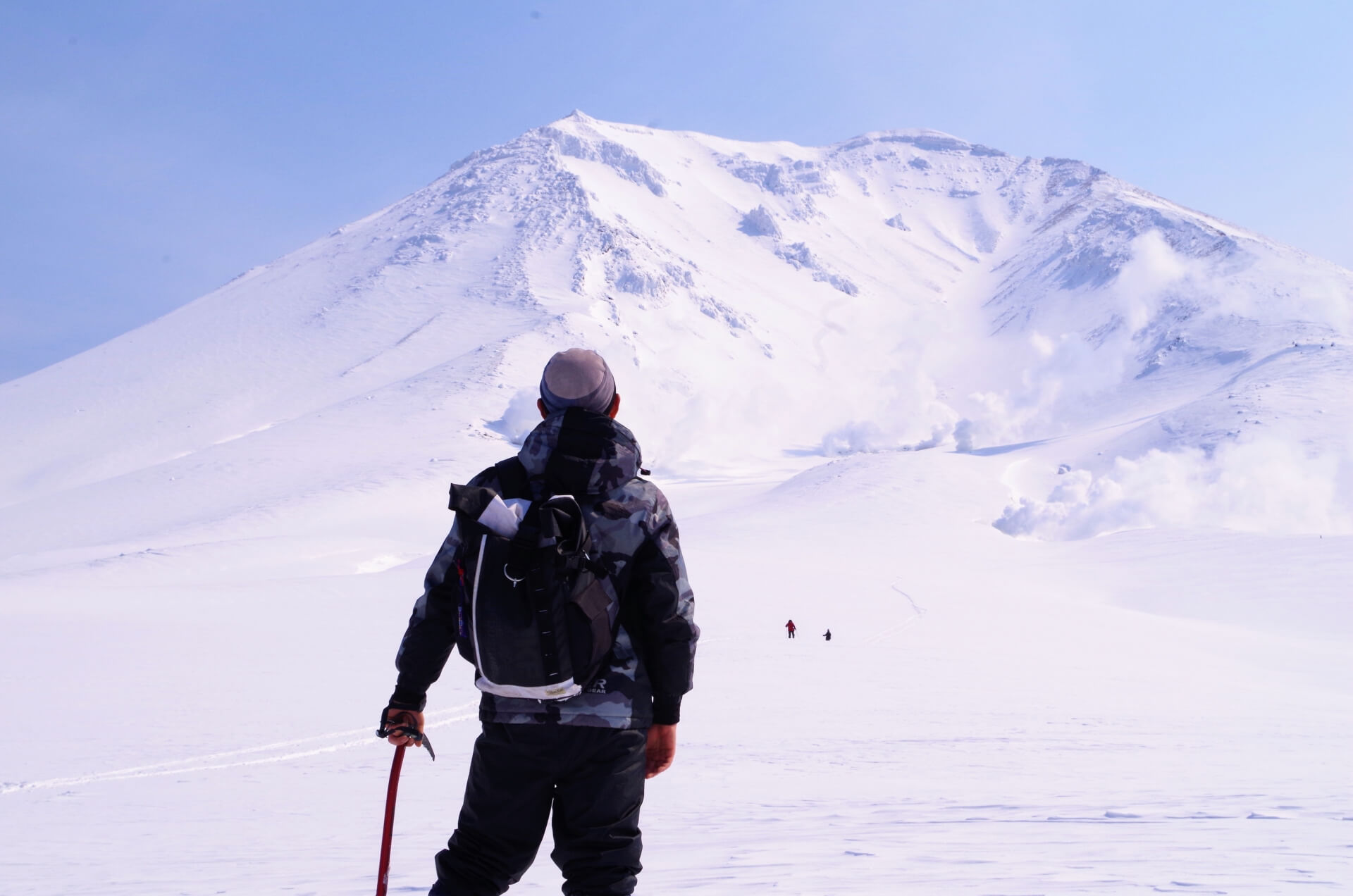
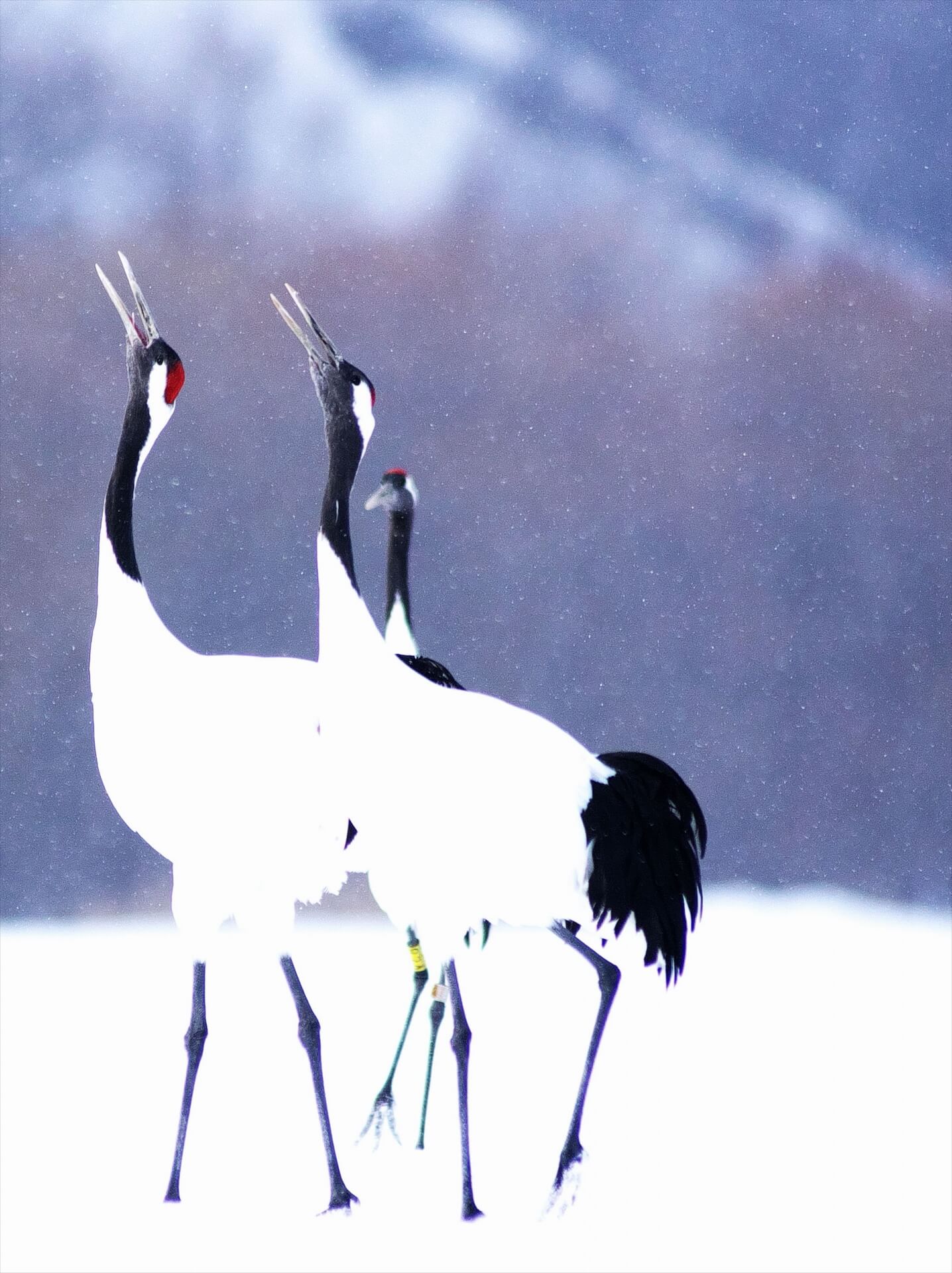
In terms of getting to and around Hokkaido, visitors can make the journey from other areas of Japan by rail or flight, while domestic and international airlines fly into its airports, the largest of which is New Chitose Airport. Once there, Hokkaido’s rail and bus network will get you around the island however for many visitors, renting a car and driving yourself is a great option given the distance between many destinations and relatively infrequent or indirect transport services between them. Before we get into that, let’s start with the obvious question:
WHERE IS HOKKAIDO?
Hokkaido is the second largest of Japan’s four main islands and largest prefecture in the country. Sitting at significant distance from Japan’s largest cities including Tokyo, Yokohama, Osaka and Nagoya, Hokkaido is most easily accessed by flight to New Chitose Airport – around 1.5 hours from Tokyo – while the Shinkansen / ‘Bullet Train’ network now extends past Aomori along the Hokkaido Line to Shin-Hakodate-Hokuto Station. Sapporo is the largest city on Hokkaido – and Japan’s fifth largest city – however any visitor heading to the island should prioritise getting outdoors. Boasting some of Asia’s best ski resorts and multiple national parks including Japan’s largest park, Daisetsuzan, and the World Heritage-listed Shiretoko, visitors to Hokkaido should make a point of getting out of the cities and towns and exploring one of the few corners of Japan with remote and wild landscapes.
GETTING TO HOKKAIDO BY TRAIN
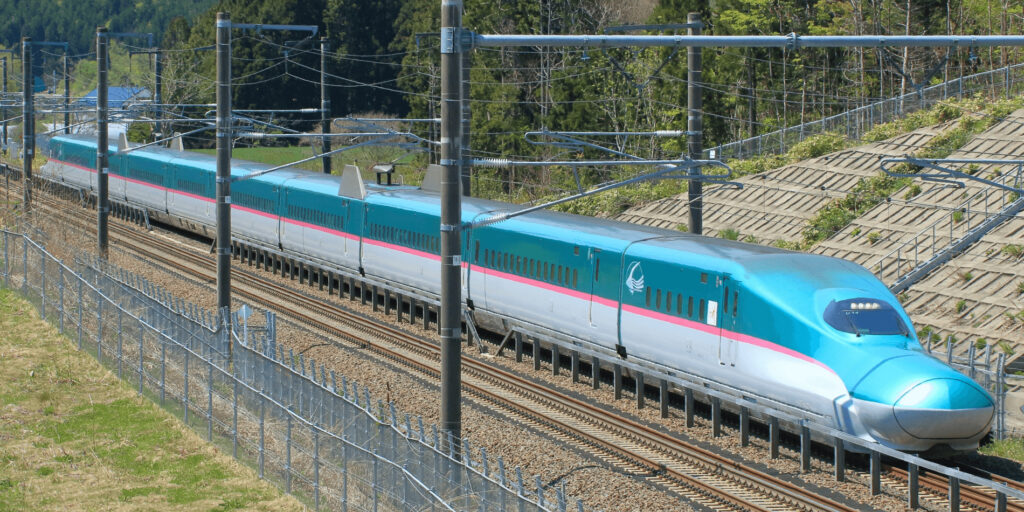
Hokkaido was connected to Japan’s Shinkansen / ‘Bullet Train’ network in 2016, with the opening of the Hokkaido Line running from Shin-Aomori Station (on Japan’s main island of Honshu) to Shin-Hakodate-Hokuto Station. Extension of the line to Sapporo is still ongoing, scheduled to open by 2030. For the time being, the Shinkansen will get you as far as Shin-Hakdoate Station – located just to the north of central Hakodate – from where you can take connecting services to major cities spread across Hokkaido.
HOKKAIDO SHINKANSEN
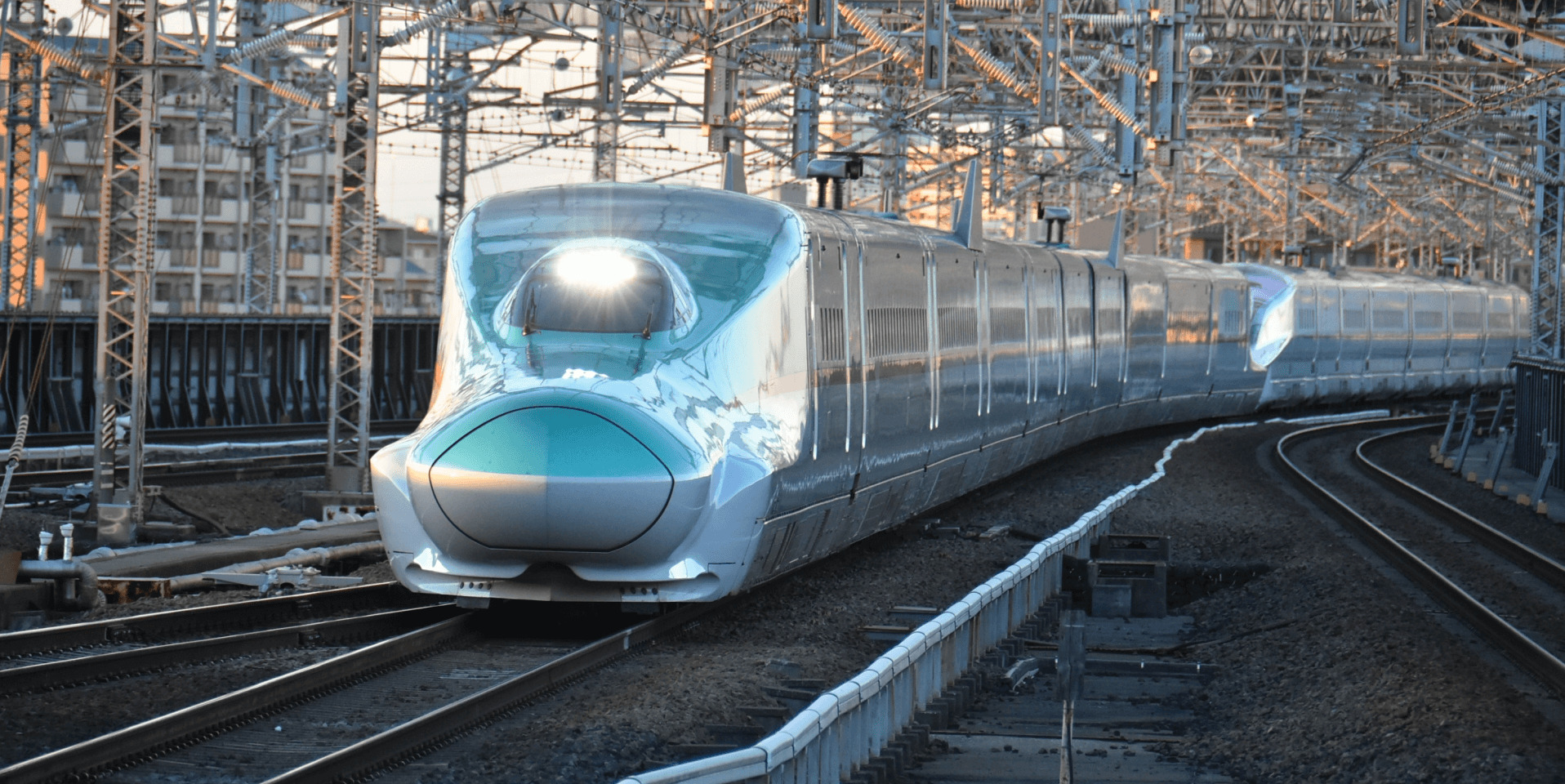
Running from Shin-Aomori Station to Shin-Hakodate-Hokuto, the Hokkaido Shinkansen line connects the islands of Hokkaido to Honshu via the 54km Seikan Tunnel. Many services originate at Shin-Aomori Station however just as many begin at Tokyo Station, allowing you to travel from the capital to Hokkaido directly by train. From Tokyo, services run along the Tohoku line to Shin-Aomori before then continuing through the Seikan Tunnel onto Hokkaido. For the daily schedule, see our ‘Hokkaido Shinkansen Timetable’ page. Both ‘Hayabusa’ and ‘Hayate’ services operate from Tokyo or Sendai to Shin-Hakodate-Hokuto and Morioka or Shin-Aomori to Shin-Hakodate-Hokuto respectively:
'Hayabusa' / Tokyo to Shin-Hakodate-Hokuto / 235 to 265 minutes
‘Hayabusa’ services are the fastest on the Tohoku and Hokkaido lines, with service times dependent on which stations the specific station stops at. As noted above, all seats on this service are reserved – meaning that even if you have a JR Pass, you’ll need to go into an office and book a seat (at no additional charge) with Green Car and Gran Class carriages included on each service.
'Hayate' / Shin-Aomori to Shin-Hakodate-Hokuto / 55 to 65 minutes
All seats on this service are reserved – meaning that even if you have a JR Pass, you’ll need to go into an office and book a seat (at no additional charge) with Green Car and Gran Class carriages included on each service. For full details, see our ‘Tohoku Shinkansen inc. Yamagata, Akita & Hokkaido Shinkansen’ page.
REGIONAL LINES IN HOKKAIDO
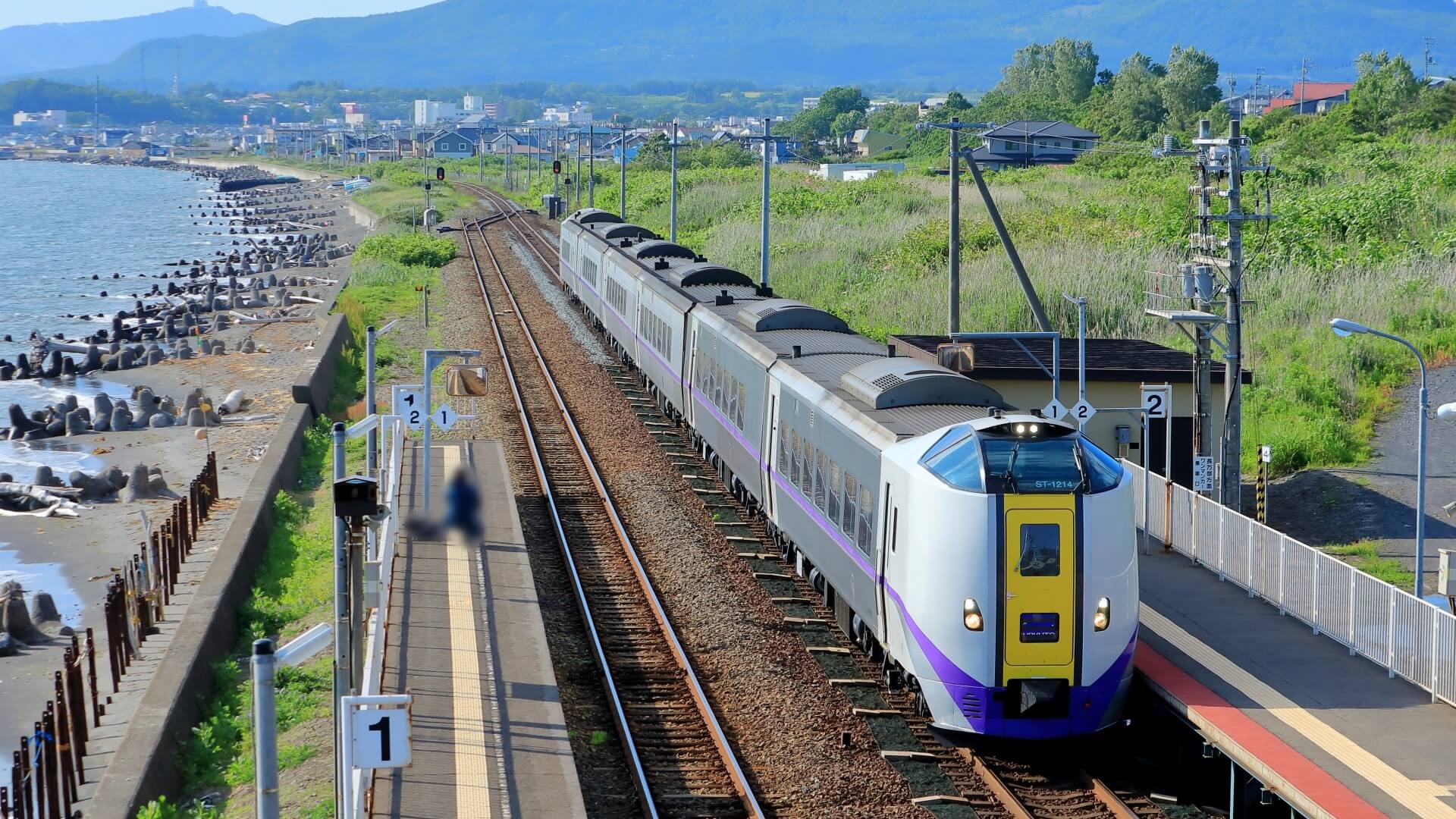
From Shin-Hakodate-Hokuto Station, the Hakodate Main Line runs south to nearby Hakodate and north toward popular destinations – via connecting services – including Niseko (via Kutchan Station), Otaru and Sapporo. Using limited express services, such as the Limited Express ‘Hokuto’ will be the most convenient option
-- Shin-Hakodate-Hokuto to Hakodate Station = approx. 15 minutes / JPY440
-- Shin-Hakodate-Hokuto to New Chitose Airport = approx. 3 hours / JPY7720
-- Shin-Hakodate-Hokuto to Sapporo Station = approx. 3.5 hours / JPY8910
-- Shin-Hakodate-Hokuto to Kutchan Station = approx. 4 hours / JPY4780
-- Shin-Hakodate-Hokuto to Otaru Station = approx. 4.5 hours / JPY8910
Sapporo Station is the largest station in Hokkaido from where services run across the island including to Furano, Asahikawa, Kushiro, Wakkanai, Abashiri, Shiretoko-Shari and other destinations. It is worth noting that Hokkaido is a relatively large island and while the public transport will get you to most destinations, it can take time given infrequency of many services and distances that need to be covered. As such, renting yourself and driving yourself can be a great option – see below for details.
GETTING TO HOKKAIDO BY FLIGHT
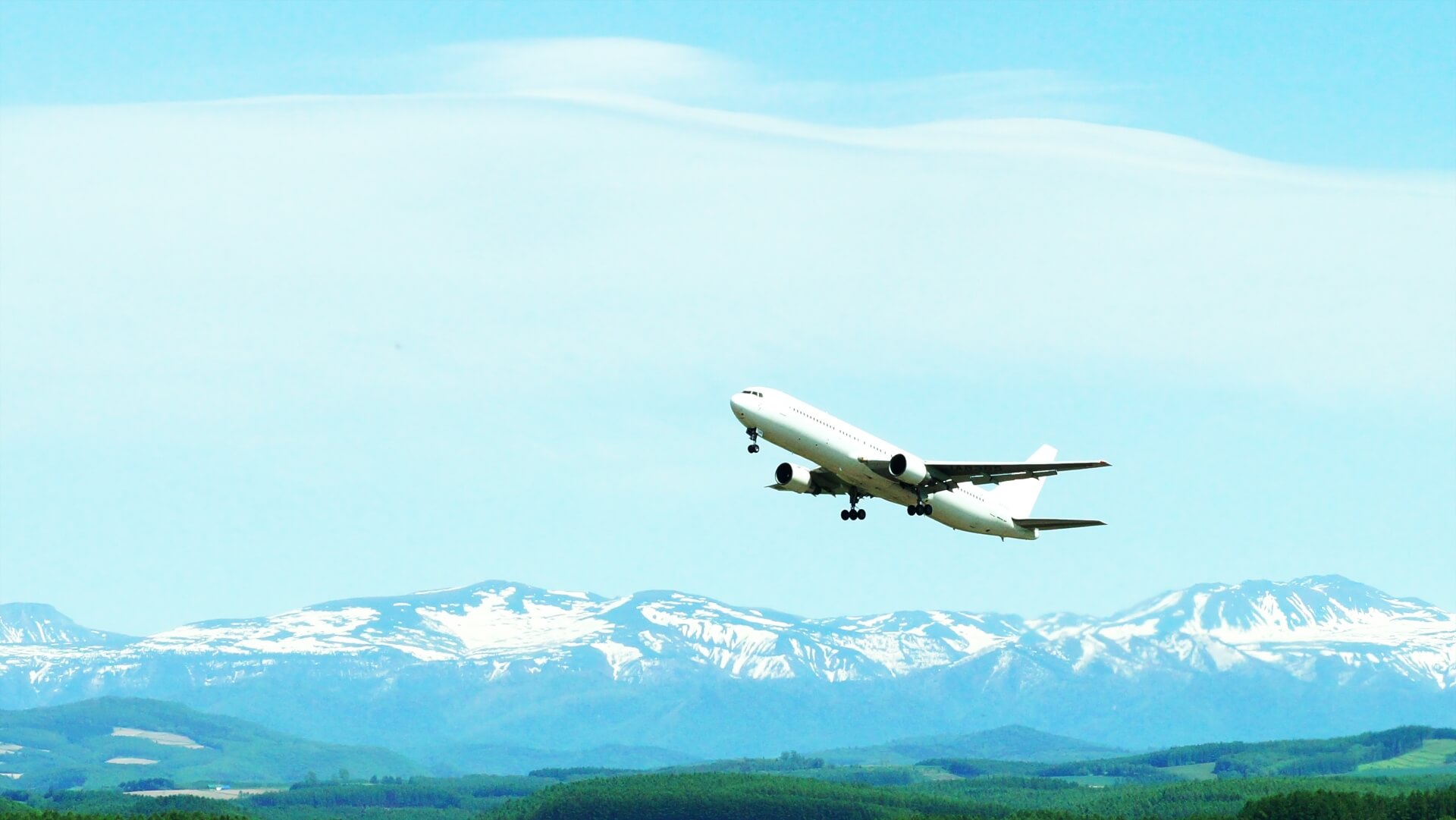

Hokkaido has multiple airports most of which are small, regional airports servicing domestic routes. There are however a couple of airports servicing international routes allowing you to fly directly to Hokkaido:
NEW CHITOSE AIRPORT
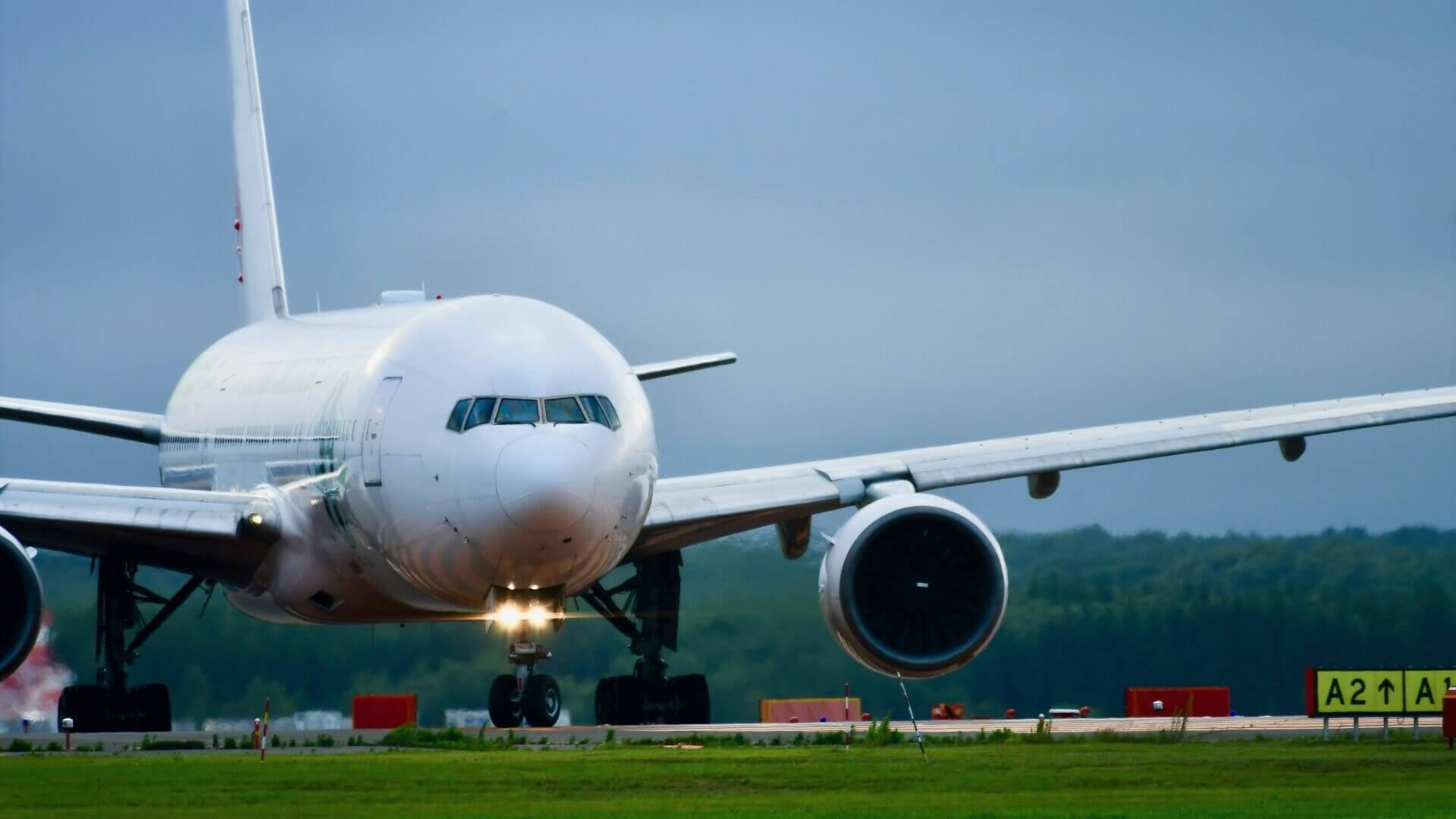
Located around 50km to the south-east of Sapporo, New Chitose Airport (CTS) is Hokkaido’s largest airport and the fifth busiest airport in all of Japan – indeed the air route between Tokyo Haneda Airport and New Chitose is the world’s second busiest in the world. Both Japan’s major carriers – All Nippon Airways (ANA) and Japan Airlines (JAL) operate from New Chitose Airport to destinations all over the country – including Tokyo, Osaka, Nagoya, Sendai, Kobe, Fukuoka, Naha and other cities - while international carriers including Air China, AirAsiaX, Asiana Airlines, Cathay Pacific, China Eastern Airlines, EVA Air, Jetstar, Korean Air, Philippine Airlines and Thai Airways operate regular services to destinations throughout Asia and beyond. Singapore Airlines and Qantas also operate seasonal services to New Chitose. Flight time from Tokyo to New Chitose is around 90 minutes while international airlines fly there from cities including Bangkok, Beijing, Hangzhou, Hong Kong, Honolulu, Kuala Lumpur, Manila, Seoul, Shanghai, Sydney, Taipei and others.
HAKODATE AIRPORT
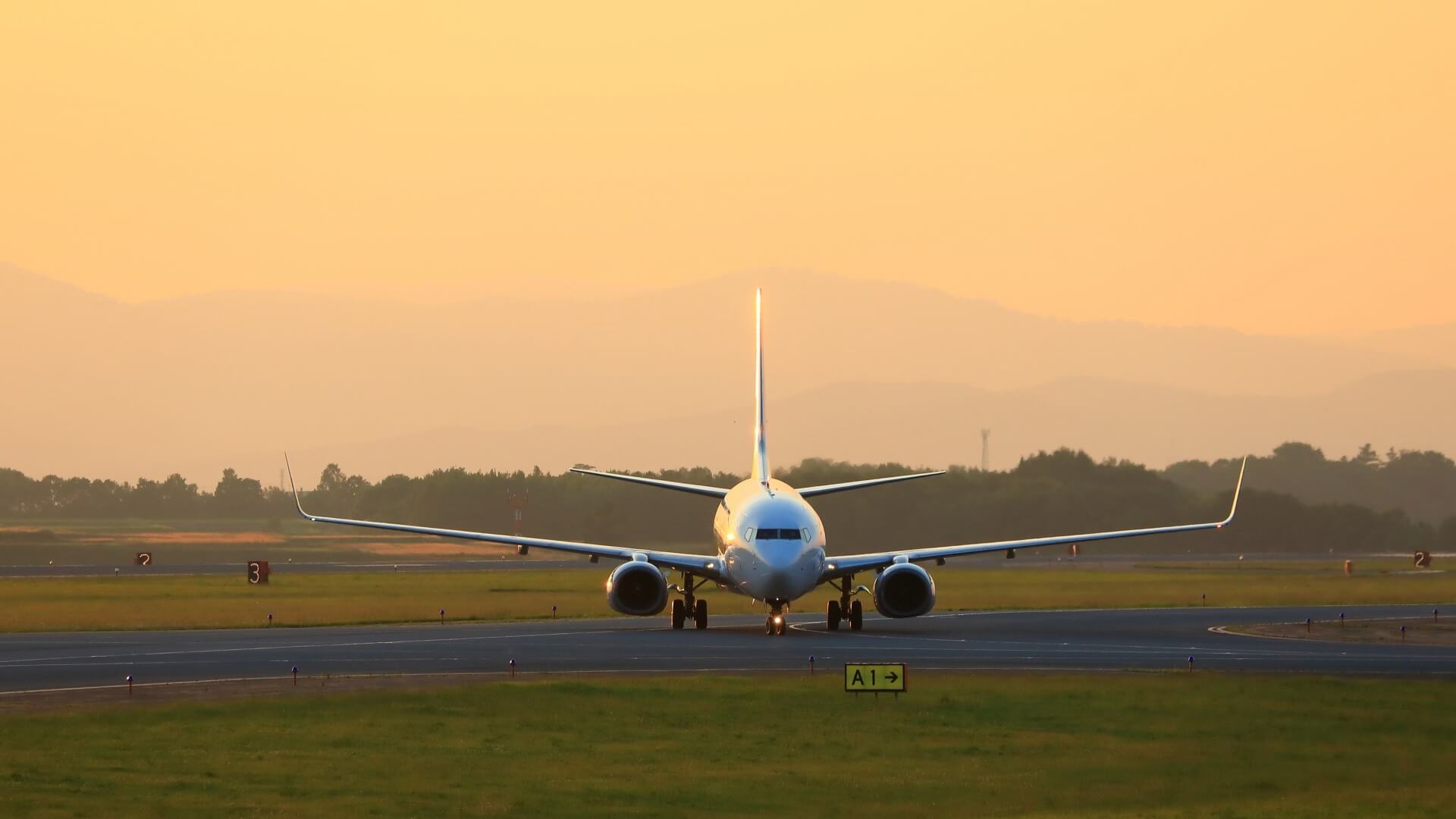
Located around 7.5km from Hakodate City , Hakodate Airport (HKD) is Hokkaido’s second largest airport. ANA and JAL fly to Hakodate from cities including Tokyo, Osaka and Nagoya while international carriers fly to Hakodate from regional cities including Hangzhou and Taipei. The flight time from Tokyo to Hakodate is approximately 80 minutes, making it a good option for many visitors.
ASAHIKAWA AIRPORT
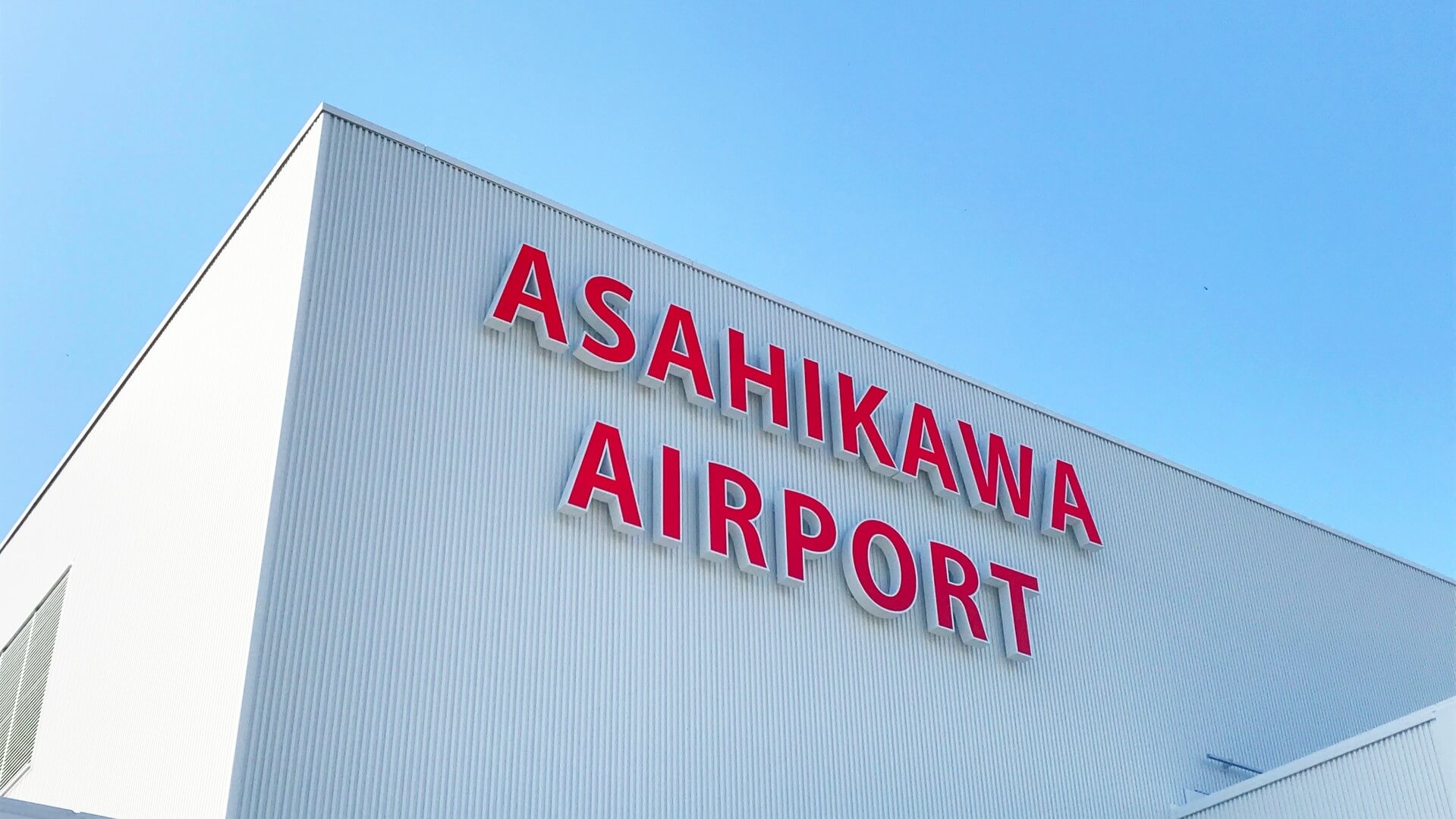
Located 15km to the south-east of Asahikawa City, Asahikawa Airport (AKJ) is a small, single runaway airport. ANA and JAL fly from to Asahikawa from Tokyo along with seasonal services from Osaka and Nagoya. Some international services also operate from Taipei. Tokyo to Hakodate is approximately 100 minutes, and as the nearest airport to the popular ski resorts of Furano and Tomamu and the flower fields of Furano and Biei, flying directly to Asahikawa will be a good option for visitors headed to Hokkaido for those reasons.
GETTING AROUND: RENT A CAR & DRIVE YOURSELF
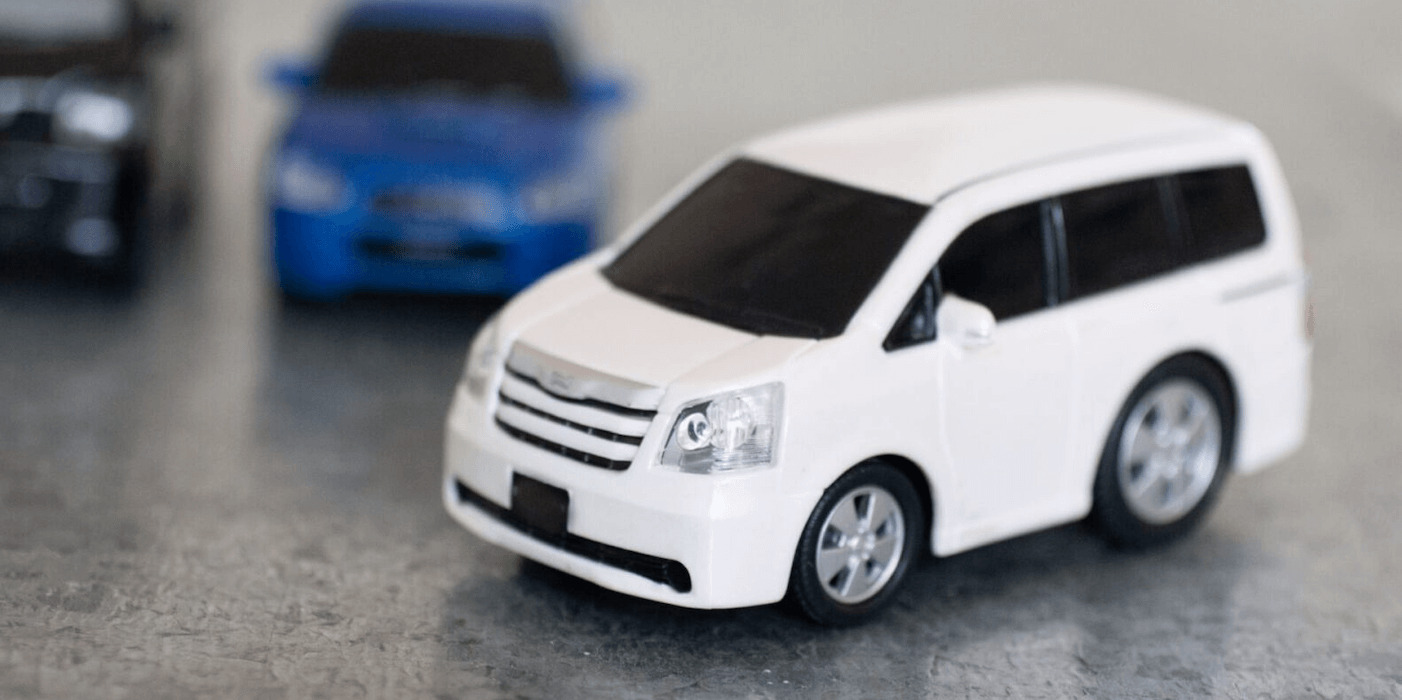
Hokkaido is a large island with many destinations and attractions spread across sizeable distances including its most popular ski resorts and national parks. With that in mind, renting a car and driving yourself can be a good option for many visitors. There are many rental car companies – including Budget Rent-A-Car, Nippon Rent-A-Car, Nissan Rent-A-Car, Times Car Rental, Toyota Rent-A-Car and others – with offices across Hokkaido. Japan Rail also operates a rental service, JR Rent-A-Car, with outlets at major stations and offering discounts to holder of the JR Pass. To rent a car and drive in Japan you must:
— be 18 years of age or older, and
— have a valid Japanese drivers license, or
— have a valid drivers license in your home country and a valid international drivers license*
It is important to note that if you do not have a Japanese drivers license, you cannot drive in Japan unless you are also carrying a valid international license – even if you have a valid license in your home country. To obtain one, you will need to apply and have it issued before traveling to Japan. The process and costs vary by country so check with your local/national automotive association for further details.
You’ll find car rental outlets through the most popular islands including at airports and nearby ferry terminals. Renting is typically economical and easy, just make sure to have them set your navigation system to English prior to driving away. For more information about renting a car and driving in Japan, see our ‘Moving Around Japan: Using Trains, Buses, Plans or Drive Yourself’ page; and for more suggestions of the best things to see and do around Hokkaido, read on to the section below.
*Nationals of Belgium, Estonia France, Germany, Monaco, Switzerland and Taiwan are not eligible for an international drivers license. However agreements between those countries and Japan means that those nationals can drive in Japan on the drivers license issued in their home country as long as they are also carrying an official Japanese translation of it.
30 THINGS TO DO AROUND HOKKAIDO & WHERE TO STAY
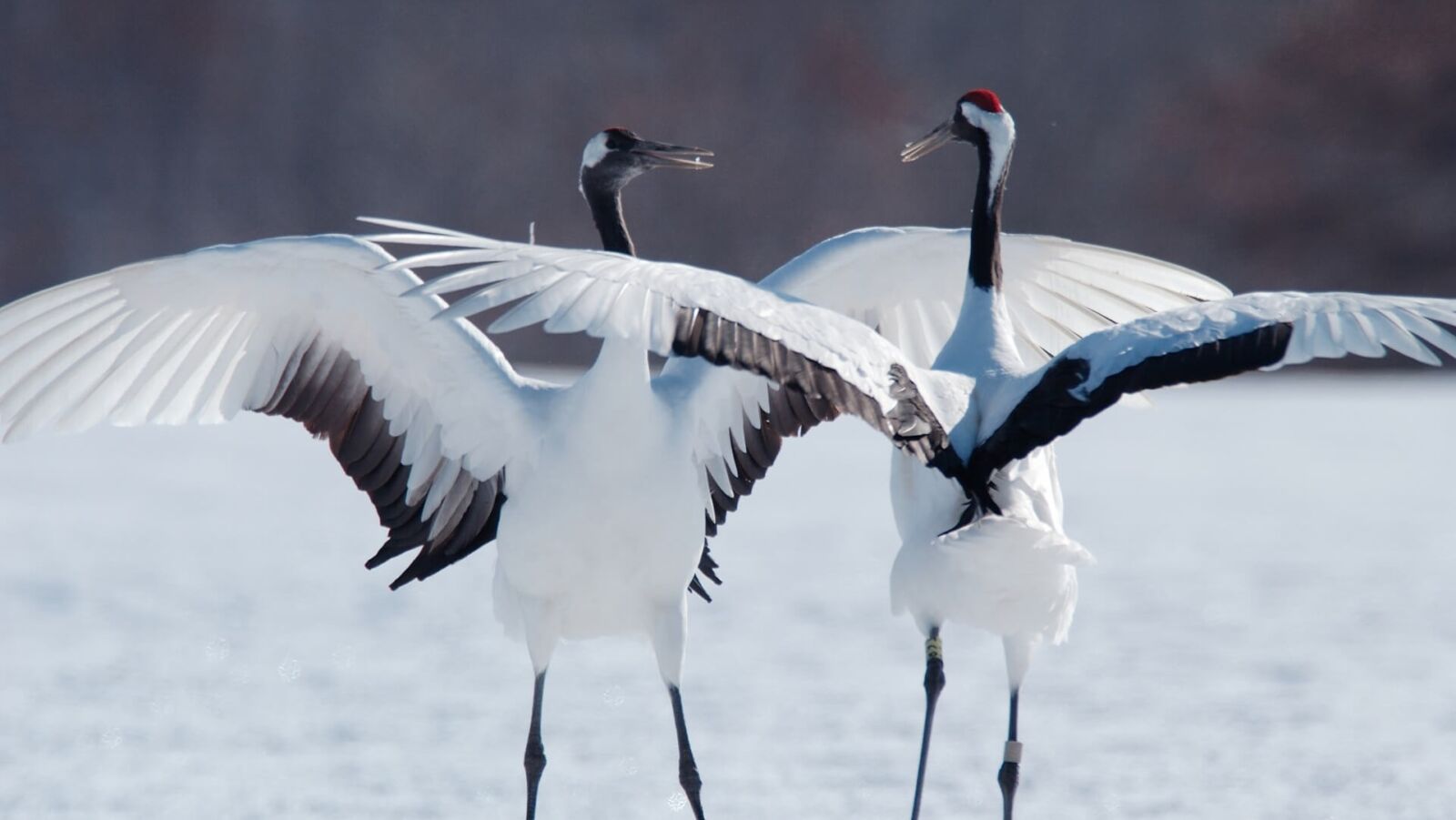
Hokkaido is Japan’s second largest island and a region of wild, open landscapes. Sitting to the north of Honshu, it is subject to a long, cold winter followed by short, pleasant summer. No matter when you’re visiting, a trip to Hokkaido is all about getting outdoors to enjoy its world-class ski resorts, national parks, rural landscapes and indigenous Ainu culture. Our ’30 Things to Do Around Hokkaido & where to Stay’ page lists our favourite activities and attractions on the island, starting in Sapporo before moving onto destinations including Otara, Hakodate, hot springs, ski resorts and national parks.
HOKKAIDO SKI RESORTS: THE STATS & FACTS
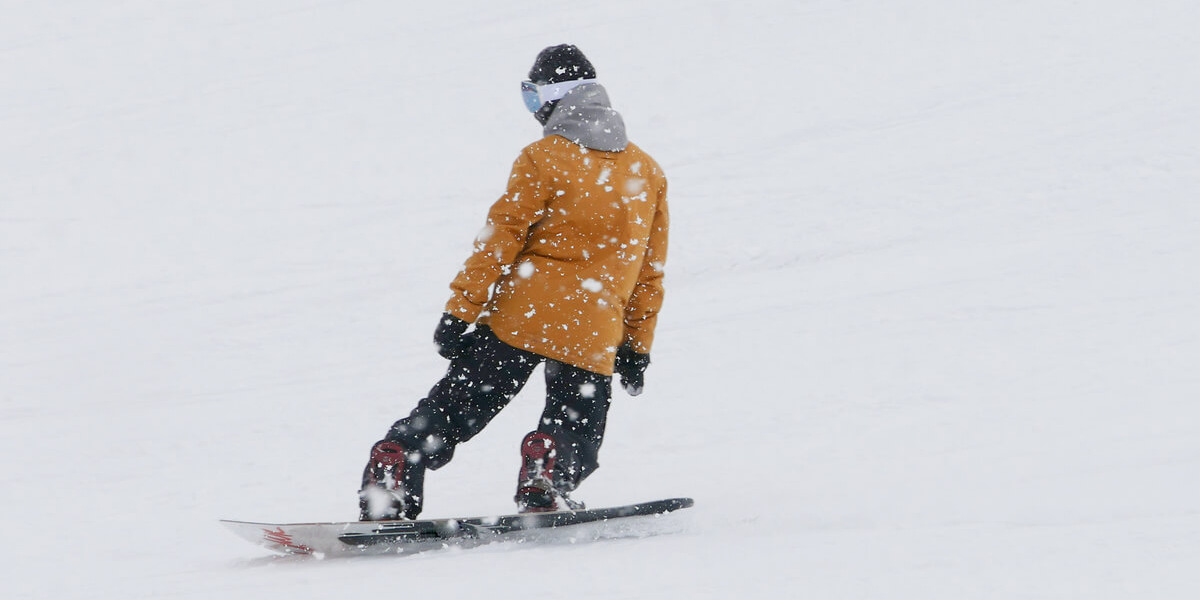

Blessed with the longest seasons in Japan and huge annual snowfall, the ski resorts of Hokkaido rank among the best in Asia and enjoy some of the best powder in the world. The combined resorts of Niseko United are the largest and most popular ski fields in Hokkaido, while nearby Rusutsu and Kiroro attract plenty of fans in their own right. Rounding things-out, Furano and Tomamu lie further inland and receive slightly less snow but that bit of extra distance from the coast only means the powder is even drier, with some people claiming these resorts enjoy the best powder in the world. Our ‘Best Hokkaido Ski Resorts’ page has you covered for everything you need to know about each – a great place to start when planning your next winter adventure in Hokkaido.
PLAN YOUR VISIT TO JAPAN
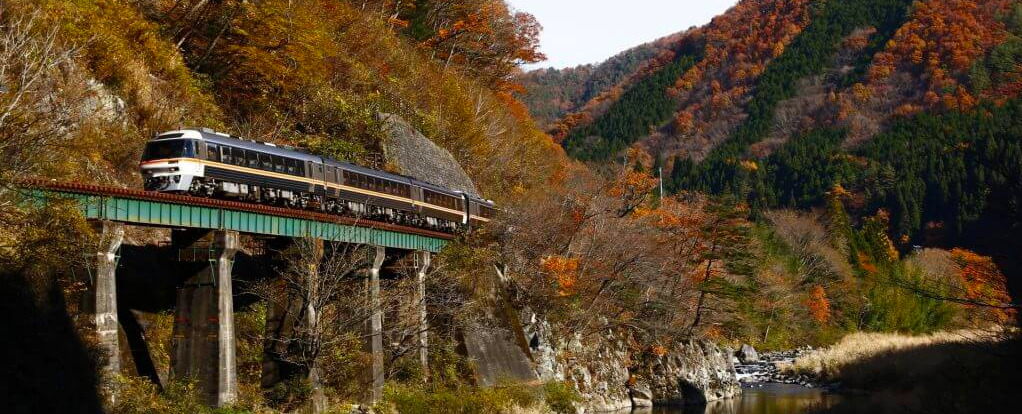

Despite Hokkaido’s distance from Tokyo, Osaka and Kyoto, you’ll have no trouble getting there thanks for flights and Shinkansen / ‘Bullet Train’ network. Our ‘Plan Your Visit’ page has everything you need to know about visiting Japan – from tips on the best time to travel, times to avoid, entering and exiting the country, money matters, staying connected, accommodation, staying safe and healthy and plenty more to ensure that you get the most out of your time here.














